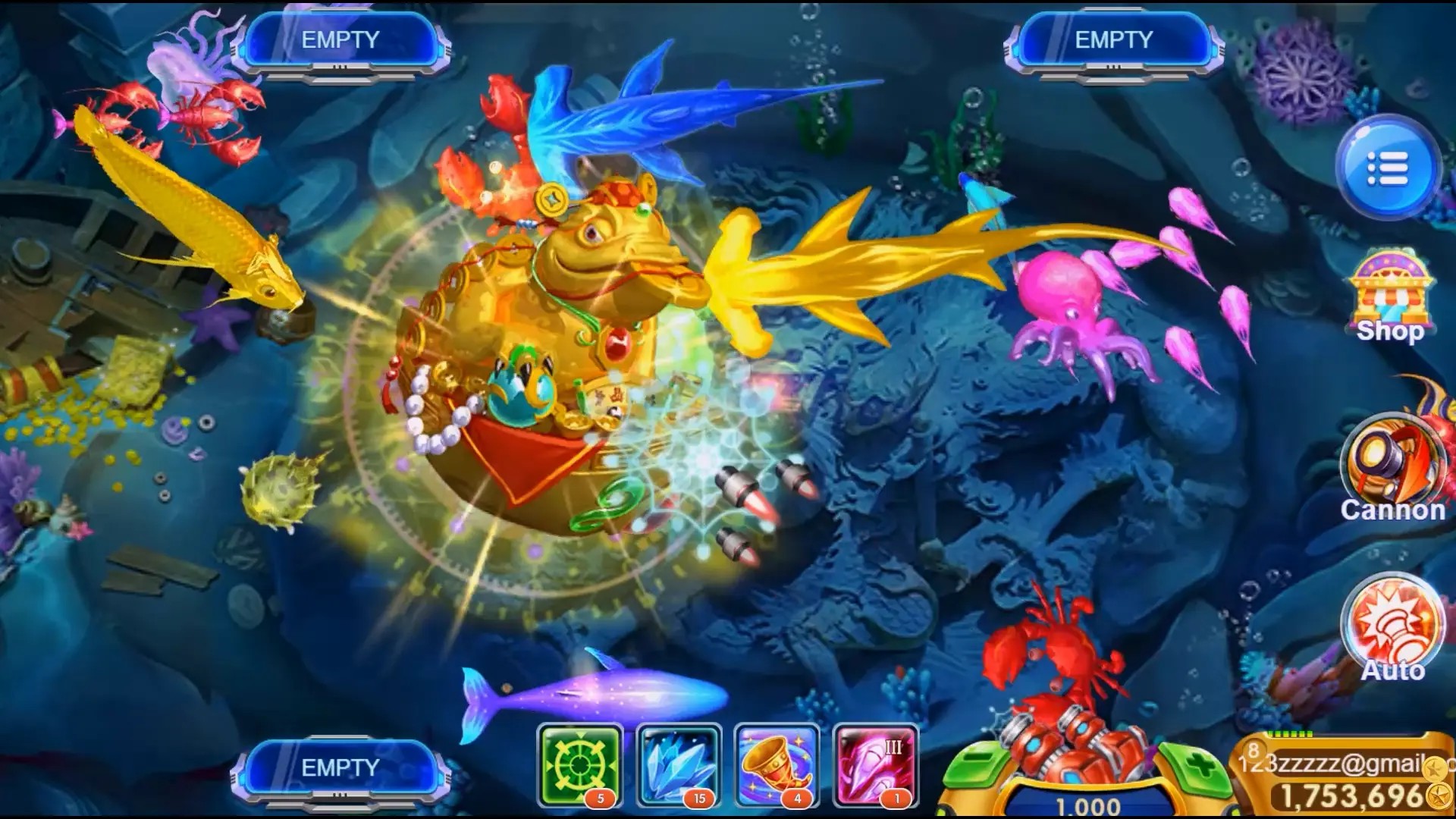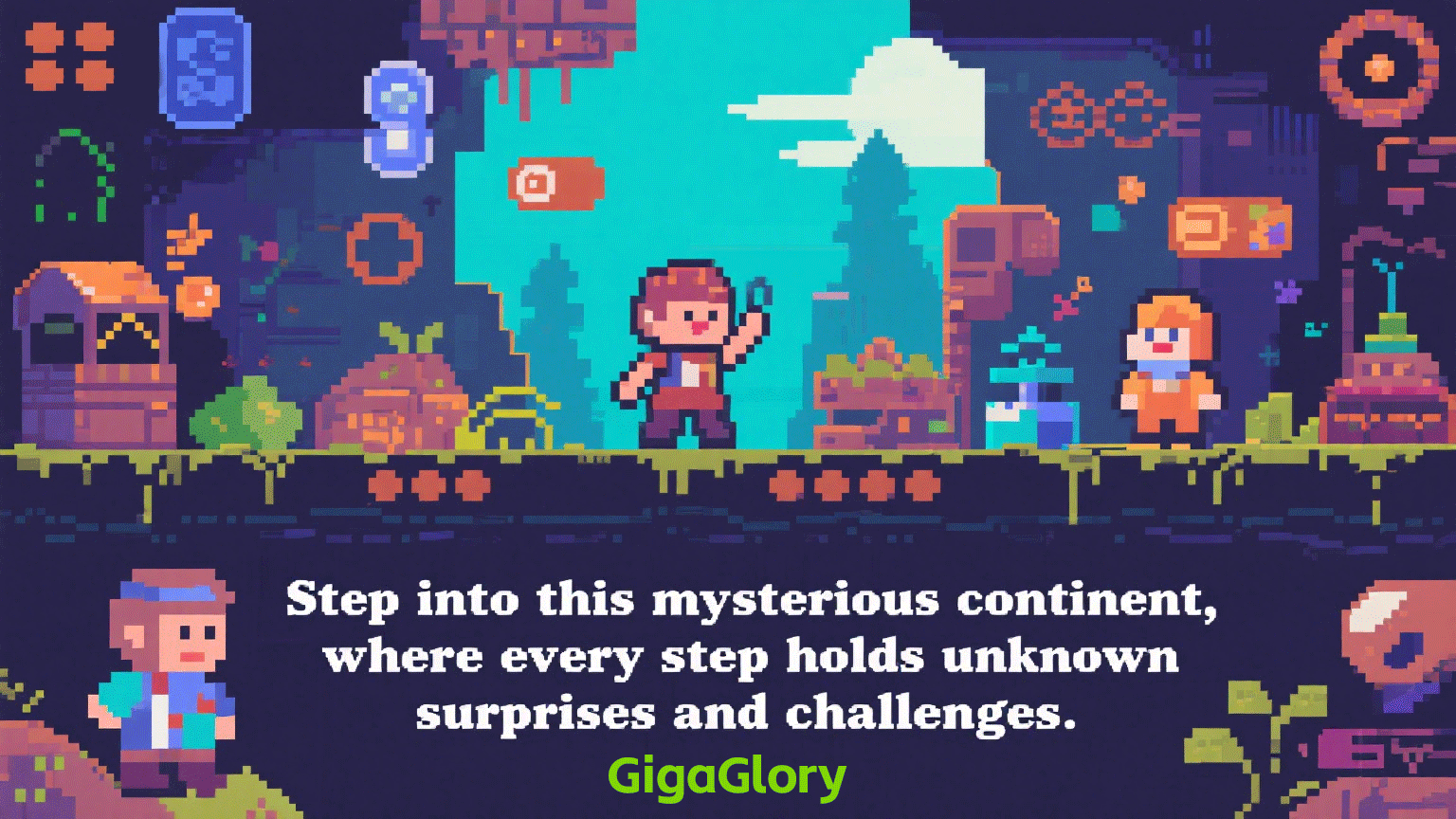Unlocking Imagination: How Creative Adventure Games Redefine Interactive Storytelling
Adventure games have transcended their traditional boundaries, taking players on imaginative journeys that redefine storytelling. Gone are the days when players would merely click through linear plots; today's creative adventure games invite participants to dive deep, interact, and immerse themselves in rich narratives that evolve based on decisions made. Let’s explore how these games are transforming the way we engage with stories.
What Makes Adventure Games Unique?
At the core of adventure games is their unique blend of exploration, puzzle-solving, and storytelling. Unlike action-packed games that focus primarily on combat, adventure games often challenge players to use their brains more than their reflexes. Here's a closer look at some defining features that make them stand out:
- Player Choice: Decisions shape the outcome, leading to multiple endings.
- Engaging Narratives: Well-developed characters and plots keep players invested.
- World Building: Detailed environments immerse players in the story.
- Puzzles & Challenges: Problem-solving is integral to advancement.
The Rise of Creative Adventure Games
In recent years, creative adventure games have surged in popularity. These titles leverage innovative mechanics that encourage player creativity. One standout example is the “LEGO Star Wars: The Last Jedi” video game, which merges the beloved LEGO universe with the iconic Star Wars franchise. It allows players to recreate scenes and explore the galaxy while employing creativity in gameplay. Have you ever thought about building your own adventure?
| Game Title | Release Date | Key Features |
|---|---|---|
| LEGO Star Wars: The Last Jedi | December 2017 | Customizable characters, vast open world |
| Once Upon a Time | March 2020 | Creative story branching, character choices |
| Journey | March 2012 | Multiplayer, emotional narrative |
Adventure Games and Interactive Storytelling
Traditional storytelling often involves a passive experience where the audience simply absorbs information. Adventure games flip this script, allowing players to actively shape their stories. This interactive approach not only enhances engagement but also encourages a deeper emotional connection with the characters and plot. Here are some critical elements of interactive storytelling in adventure games:
- Dynamic Narratives: The story changes based on player choices.
- Emotional Engagement: Players feel connected to characters they help shape.
- Real Consequences: Choices have weight and impact game outcomes.
Creative adventure games like "Clash of Clans" show just how unique interactions can be. Although recognized as a strategy game, the storytelling elements, coupled with clan dynamics, allow players to experience narratives that evolve continuously. It is often said that in these games, the journey is as exciting as the destination.
Conclusion
Creative adventure games are redefining how we perceive storytelling within the gaming context. By emphasizing player choice, thematic depth, and emergent narratives, these games offer a refreshing contrast to traditional linear experiences. As technology continues to evolve, one can only anticipate what new heights interactive storytelling will reach. So, which adventure will you embark on next?



